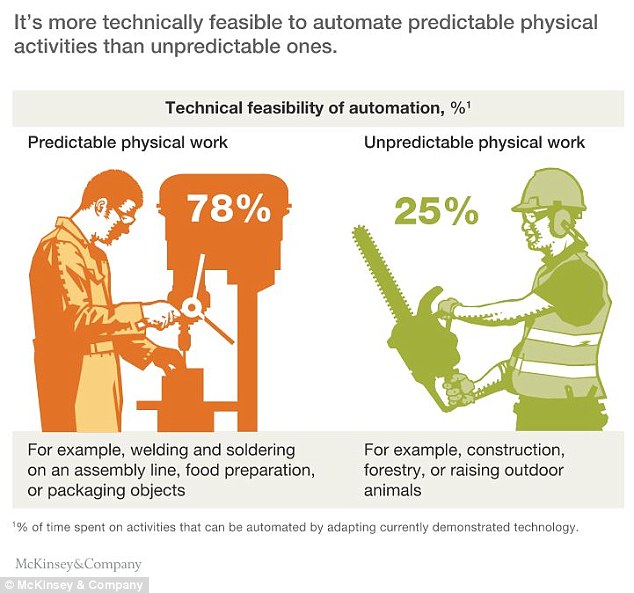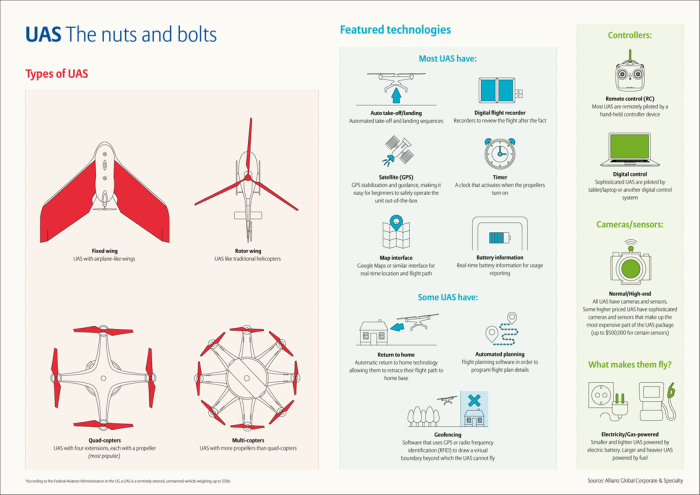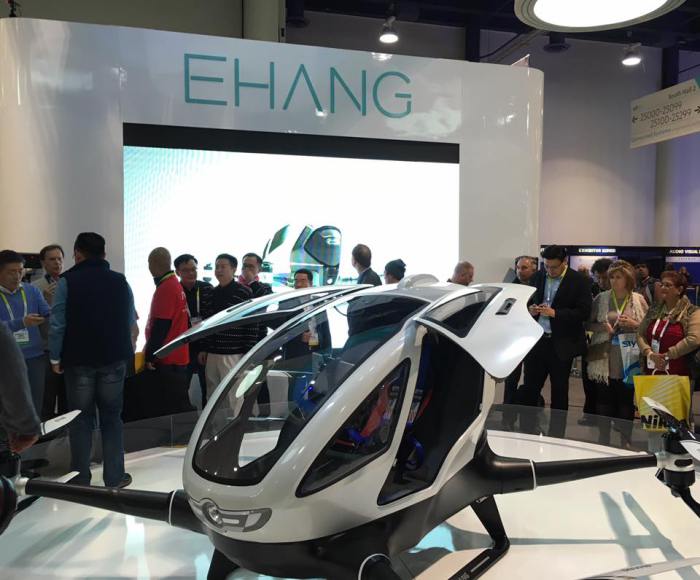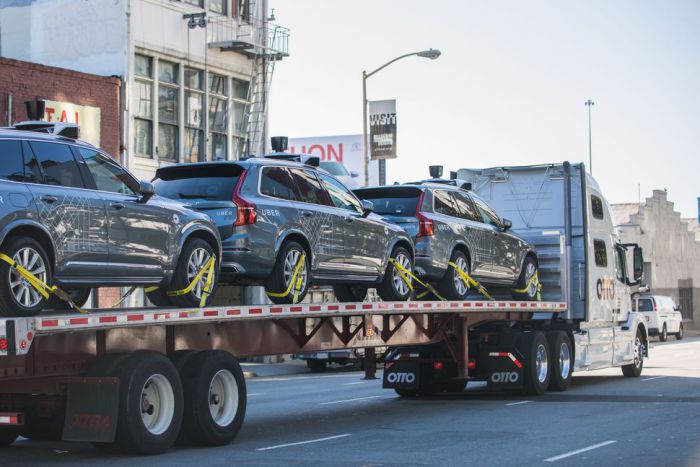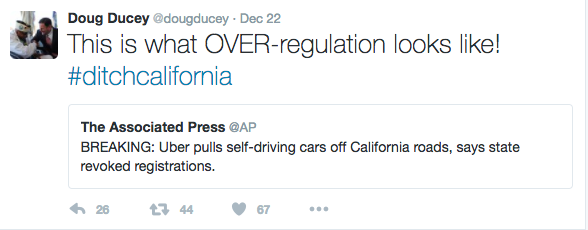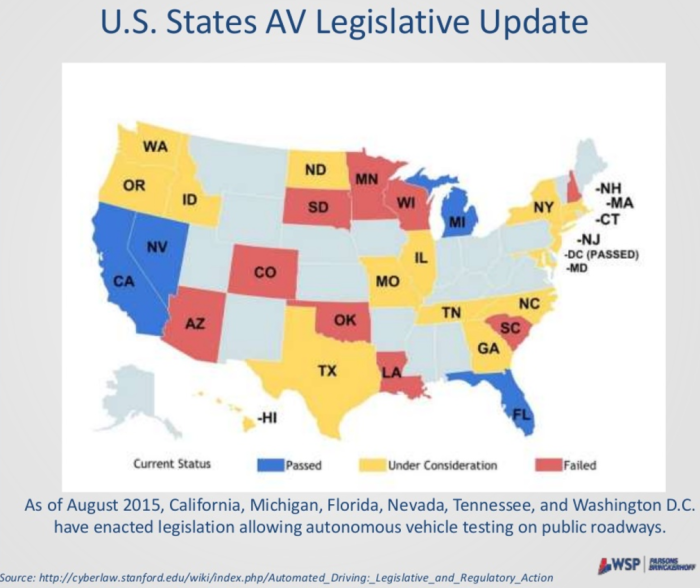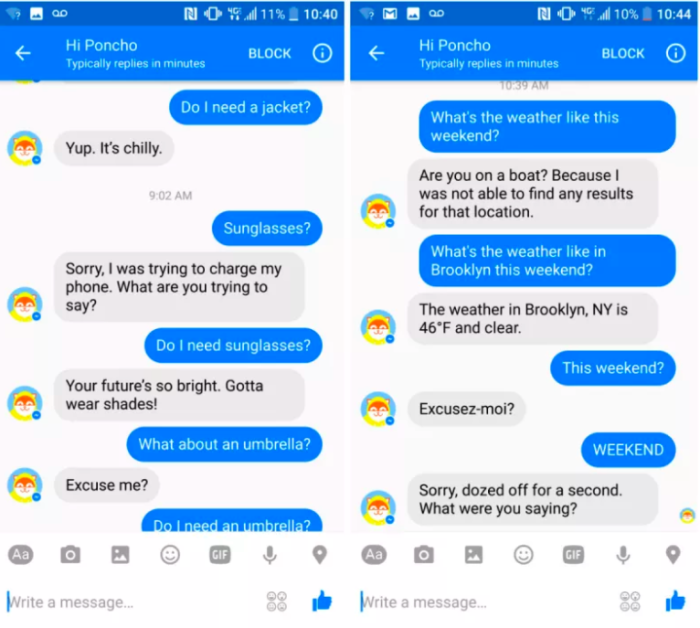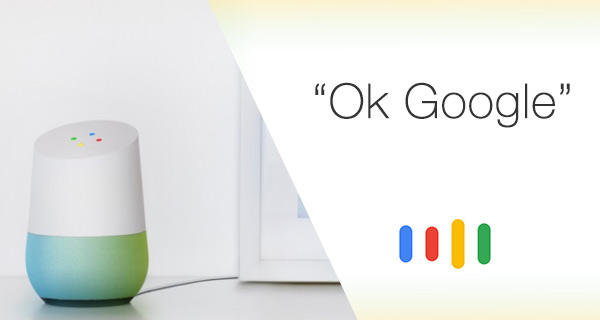At a JP Morgan conference this month, former Mayor Michael Bloomberg stated that “forty percent of New York City’s jobs will be automated over the next 10 years.” This means over 1 million people will be out of work by 2026. Bloomberg’s statistic is even less than the UN Report last November, which stated over two-thirds of the jobs in developed countries will be eliminated over the next decade. His advice, “train your kids to be plumbers instead of going to Harvard” (see graphic below).
While I have written extensively on the issue of robots and jobs, we will be delving even more deeply into this topic at our next RobotLabNYC event in 2017. In the meantime, I would like to reflect on the past year’s themes in an effort of predicting what to expect for robotics next year…
Autonomous Drones Take Flight
Last January, I was walking around the Consumer Electronics Show (CES) and every other booth seemed to be a drone company. The Federal Aviation Administration (FAA) was there too, aggressively promoting their cloud-based registration platform. The biggest surprise – a human-ferrying drone (below). To many, CES is a bellwether for the upcoming year’s tech trends.
The FAA estimated that last holiday season nearly one million drones were sold, doubling the impressive figures of the prior year. The FAA now projects that by 2020 there will be 7 million quadcopters occupying U.S. airspace, 4 million hobbyist drones and 2.7 million commercial ones. While today the military is still the largest user of drones, in the future “the government will only make up 2 percent of the sUAS [small drone] market, with industrial inspection making up the largest slice at 42 percent. The real estate/aerial photography industry is expected to deliver 22 percent of the market, agriculture applications at 19 percent and insurance at 15 percent. The government is currently using drones, albeit on a limited basis, for a variety of tasks that include weather and geological observation, natural disaster monitoring and border patrol.”
Making sense of the FAA report (and other drone predications) means that human surveyors will be automated by small autonomous flying cameras. In response to an overwhelming demand for commercial drone operators, the FAA this past June issued its “small drone rule,” formally known as Part 107. This enables non-licensed aviators to fly small drones or quadcopters for profit by obtaining a “remote pilot certificate,” which is available through new drone schools that can be easily accessed online. In addition, the new rule allows one to fly semi-autonomously as long as it is not within “500 feet of people.”
The cottage industry of drone videographers of 2016 will soon be hanging up their rotors. I have met plenty of these entrepreneurs that are now attempting to pivot their business models by filing bogus patents and expanding to enterprise services. There are already too many of these “me-too” companies. In speaking with a leading franchise builder, who has launched numerous successful concepts, we agreed that the drone industry is ripe for consolidation. In the same way that Kinkos, Mail Boxes Etc., and LegalZoom changed the economics of starting a business, a leading brand for “everything drone” could change the aerial landscape. Already, companies like Measure and DroneBase are serving as the centralized 800-number for ordering a drone anywhere (yet far from being a household name).
Licensing Adolescent Self-Driving Cars
Uber this week trucked its autonomous cabs for the wild western streets of Arizona, leaving its Californian regulatory hurdles behind. The startup said it would begin a test of the self-driving vehicles early 2017 in Phoenix, and it sent journalists photos of the vehicles leaving a warehouse hauled by their own trucking company (Otto). In response, Arizona Gov. Doug Ducey, issued a statement telling Uber “California may not want you, but we do.” The announcement came less than a day after the California Department of Motor Vehicles said it would revoke the registrations of 16 Uber vehicles because the company refused to apply for a $150 permit for autonomous cars. The Republican Governor of Arizona spent the day boasting on Twitter of his new relationship with Travis Kalanick:
While Waymo (formerly Google), Tesla Motors Inc. and General Motors have all complied with California’s permitting process, Uber failed to agree to disclose the incident reports of when autonomous mode is deactivated. Phoenix now joins a growing list of a half dozen cities testing self-driving automation, even though Arizona failed to pass its own autonomous driving legislation in 2012. To summarize, Uber’s program in Phoenix is the equivalent of a teenager with a learners permit driving a taxi.
Chatbots: So You Are No Longer Working 9 to 5
The definition of a robot is somewhat ambiguous. In many ways artificial intelligence messaging applications are appropriately called bots. These bots are now taking over white collar jobs, like financial advisors and journalists (currently deployed at Bloomberg). The big watershed moment for AI this past year was when Facebook introduced chatbots into messaging app. Now months later, nearly 80% of companies have used or planned to use chatbots by 2020.
Chatbots, beyond being efficient (and sometimes annoying above) have the power to disrupt the $79 billion customer service market. According to Business Insider, 29% of this market is potentially on the chopping block. This figure is compounded by the fact that 40% of millennials actually prefer interacting with chatbots to humans. (we have all experienced a rude token booth clerk.
Chatbots are not limited to the Internet or Phone Apps, speech recognition technology devices like Amazon’s Alexa, Google Home, and Siri have become home robots to millions of users worldwide. In fact, as predicted on this blog, Alexa and Google have eaten Jibo’s lunch (which has yet to ship). This is just the beginning of the age of social robots. This week Facebook joined the race with its own home platform, months early for April Fools Day. Enjoy, Happy Holidays!



